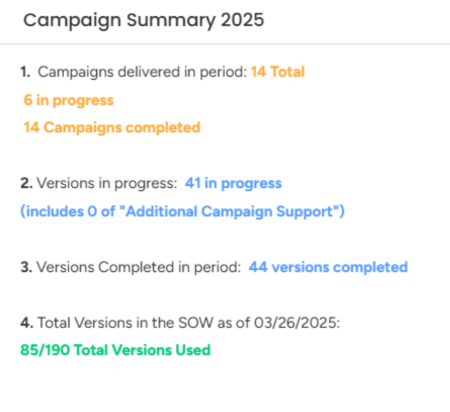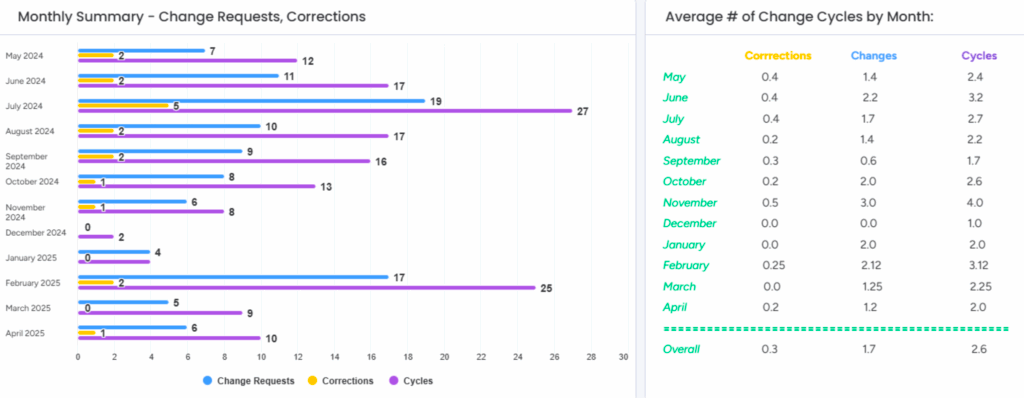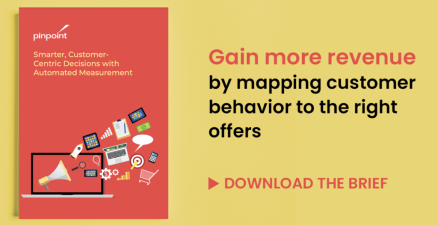In today’s marketing landscape, efficiency is a strategic imperative. Teams need more than talent and tools. They need transparency, predictability, and data-backed insights to execute effectively at scale.
Yet, many large organizations continue to rely on fragmented production models, making it difficult to track progress, control costs, or optimize capacity. Especially in the year’s final quarters—when deadlines tighten and volume spikes—this lack of visibility can lead to delays, duplication, and avoidable budget strain.
At Pinpoint, we’ve seen firsthand how marketing operations can be transformed by purpose-built workflow dashboards. In one recent engagement, we partnered with a global brand to shift their creative execution model from reactive to data-informed—by designing a dashboard that tracked campaign lifecycle metrics.

From Output to Insight: Building a Smarter Dashboard
The challenge wasn’t just about speed; it was about control. The client struggled with:
→ Version sprawl across assets and channels
→ Disjointed stakeholder feedback loops
→ Unclear workload distribution across teams
We worked closely with both their marketing and operations teams to map out the creative development process from brief to delivery. Then, we built a dashboard that visualized campaign status, iteration cycles, and production volume in a way that surfaced inefficiencies and clarified decision points.
The result was a unified view of the entire workflow—enabling leaders to spot bottlenecks early, forecast team capacity more accurately, and eliminate redundant work.

The Real Value of Visibility
Strategic tracking doesn’t just improve execution—it enables better planning. With the new dashboard, the brand was able to:
→ Adjust resources proactively based on seasonal volume trends
→ Standardize feedback timing to shorten turnaround cycles and hit deadlines
→ Measure iteration counts to inform future creative budgets
And critically, it empowered cross-functional teams to collaborate more effectively. Everyone—from brand managers to production leads—had a shared understanding of where work stood, what was holding it up, and what needed attention.
This shift from reactive triage to proactive workflow management led to measurable gains in speed, cost efficiency, and output quality. Teams could spend less time on unproductive back-and-forth, and more on scaling up and generating results.

What This Means for Marketing Leaders
If you’re leading a high-volume marketing function, it’s worth asking:
→ Do you know how many versions your team is producing—and why?
→ Can you accurately forecast creative and technical resource needs quarter to quarter?
→ Are feedback loops predictable, or constantly shifting based on who’s available?
→ Is there a value (or lack of) in certain activities?
If the answers are murky, you’re not alone. But that’s also where the opportunity lies.
As marketing becomes more operationally complex, the leaders who invest in workflow visibility will be the ones best equipped to scale efficiently, deliver consistently, and justify their budgets with confidence
Ready to unlock better campaign efficiency?
We’d be happy to share how we’re helping teams make smarter decisions with better data—without adding complexity to the process.
CONTACT US













